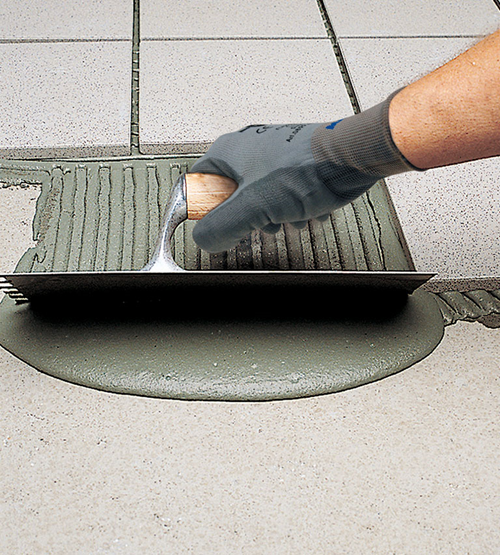

Interviews
/
6/11/2024
The Tuscan villas: our new source of inspiration
A project with many challenges that is based on harmony with the surrounding landscape
The Tuscan villas inspired a home project in southern Brazil, designed to harmonize with the landscape and offer easy maintenance. Italian ceramic tiles were chosen for their large format and unique stone-like effect, aligning with the aesthetics of the villa and reducing the need for future maintenance.
What were the owner's main requirements?
Considering that it is a weekend home, the owners preferred an easy-to-maintain residence. The choice of land was also influenced by the view it offers. We designed a house that harmoniously integrates into the space, scaling up to the highest point of the land.
What were the main challenges in completing the project?
The challenges of this project were present at all stages, from the conception of the first lines to completion. As we are a company that works with turnkey solutions, we are involved in all the stages of the building process, including purchasing materials, deliveries and quantifying resources.
The terrain, characterized by a very steep slope, presented challenges in terms of removing material for the construction of the residence. Furthermore, we faced difficulties in carrying the materials up to the highest levels of the house, both in planning (we had to use an articulated winch) and in laying them down. A good example was the use of 1600x3200 mm porcelain tiles for the internal and external wall and floor coverings, which were all hoisted on trestles.
Located in a mountainous region in southern Brazil, the house is subject to extreme climate variations. In summer, temperatures can reach almost 40 °C, while in winter they occasionally reach - 2 °C. In mid-seasons, temperatures can vary drastically within the same day, with cool mornings and very hot afternoons. The wet and rainy winter weather also represented an additional challenge during the construction process, affecting the application of materials and delaying the completion of some processes.
Why were Italian ceramic tiles used? Is Italian ceramic very popular in Brazil?
When the idea of using ballasts arose in Brazil, these larger formats were not yet widespread. Therefore, we decided to look for suppliers that offered these formats. In Italy, large-size coverings had already been launched on the market and we chose to invest in a renowned Italian brand.
Italian porcelain tiles are not very popular in Brazil, and that was another reason for our choice. We always seek to use different patterns and solutions in our projects.
Why did you choose ceramic tiles with a stone look instead of tiles?
The design of the residence is inspired by Tuscan villas. We incorporated an element that looks like a tower, which serves for vertical circulation, including stairs and elevator. The rest of the house develops from that point onwards. The floor markings are delineated by horizontal lines, which refer to the eaves present in Tuscan buildings. The view from the site also evokes Tuscan landscapes, which is why we included pine trees in the landscaping. To bring this design to the contemporary, we chose to surround the residence with elements with a marbled appearance, enhancing its elegance. This brought about both aesthetic and functional advantages, such as a reduction in grouting operations and less need for future maintenance.









